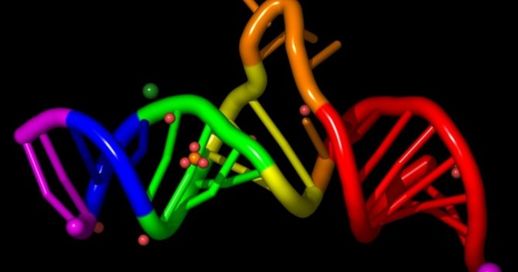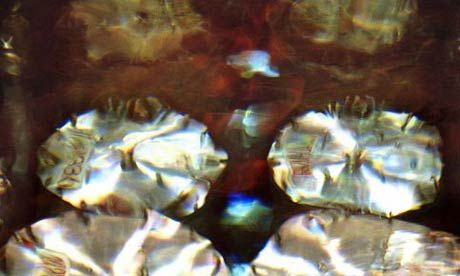
© Universitat Pompeu FabraA strand of RNA.
In November 2011, NASA launched its biggest, most ambitious mission to Mars. The $2.5 billion
Mars Science Lab spacecraft will arrive in orbit around the Red Planet this August, releasing a lander that will use rockets to control a slow descent into the atmosphere. Equipped with a "
sky crane," the lander will gently lower the one-ton Curosity rover on the surface of Mars. Curiosity, which weighs five times more than any previous Martian rover, will perform an unprecedented battery of tests for three months as it scoops up soil from the floor of the 96-mile-wide Gale Crater. Its mission,
NASA says, will be to "assess whether Mars ever was, or is still today, an environment able to support microbial life."
For all the spectacular engineering that's gone into Curiosity, however, its goal is actually quite modest. When NASA says it wants to find out if Mars was ever suitable for life, they use a very circumscribed version of the word. They are looking for signs of liquid water, which all living things on Earth need. They are looking for organic carbon, which life on Earth produces and, in some cases, can feed on to survive. In other words, they're looking on Mars for the sorts of conditions that support life on Earth.
But there's no good reason to assume that all life has to be like the life we're familiar with. In 2007, a board of scientists appointed by the National Academies of Science decided they couldn't rule out the possibility that
life might be able to exist without water or carbon. If such weird life on Mars exists, Curiosity will probably miss it.




Comment: For more information on the importance of getting adequate sleep and ways to help see:
Dying to Sleep
The Link Between Sleep and Memory
Lack of Sleep Linked to Childhood Obesity
Meditation Helps Treat Insomnia